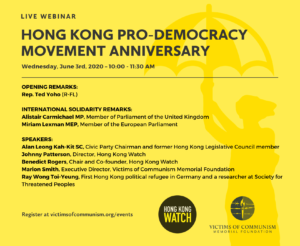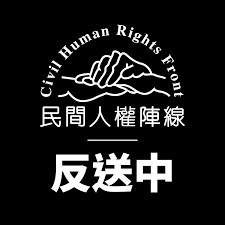 Is Hong Kong’s pro-democracy movement undergoing a strategic shift?
Is Hong Kong’s pro-democracy movement undergoing a strategic shift?
During her fourth annual policy address, Hong Kong Chief Executive Carrie Lam praised the controversial national security law Beijing imposed earlier this year, saying the government’s priority is to protect the political system from “chaos” (SCMP/HT:CFR).
Beijing’s growing repression is forcing pro-democracy forces to innovate and adapt, one observer suggests.
Hong Kong’s legacy movement, commonly known as the “pan-dem” camp, followed a two-prong strategy, notes economics professor Yi-zheng Lian:
- First, it would mobilize residents to regularly join orderly, police-approved mass gatherings in public places and point to the impressive head counts to pressure the government for concessions on electoral reforms.
- Second, the pan-dems would try to get enough of their candidates elected to LegCo to block initiatives they opposed or gain some bargaining chips.
But a new wave of pro-democracy activists who cut their teeth on the 2014 Umbrella Revolution have turned the legacy movement on its head, he writes for the New York Times:
 This movement is not easy to recognize; it is too fluid for that (Bruce Lee’s admonition, “Be water,” is one of its mottos). It has no leader and no name. And it is resilient and combative, young but steely and already battle-tested….It will probably look like various opposition movements in other authoritarian states, such as Poland from 1939 to 1990 (first against fascism, then Communism) or Taiwan under Kuomintang rule (1945-87): An underground branch in Hong Kong will quietly bide its time while gaining strength; a more vocal overseas branch will canvass international support.
This movement is not easy to recognize; it is too fluid for that (Bruce Lee’s admonition, “Be water,” is one of its mottos). It has no leader and no name. And it is resilient and combative, young but steely and already battle-tested….It will probably look like various opposition movements in other authoritarian states, such as Poland from 1939 to 1990 (first against fascism, then Communism) or Taiwan under Kuomintang rule (1945-87): An underground branch in Hong Kong will quietly bide its time while gaining strength; a more vocal overseas branch will canvass international support.
Predictions of Hong Kong’s demise have proven to be premature before (In 2007 Fortune ran another story entitled, “Oops! Hong Kong Is Hardly Dead”), adds Barbara Demick. Beijing seemed, at least initially, to honor its promises that Hong Kong could maintain its own legal system and rights of free speech and assembly for fifty years, she writes for the NYRB:
Hong Kong’s economy exploded with a fresh infusion of tourists, students, shoppers, and immigrants, mostly from the mainland. Urban planners enthused about what they called the Greater Bay Area or Pearl River Delta: the Guangdong, Hong Kong, and Macau megalopolis. The construction of both a high-speed rail line and a thirty-four-mile-long bridge linking Hong Kong to the mainland made travel between the two as effortless as trips between San Francisco and Silicon Valley.
Reports of Hong Kong’s Death Are Greatly Exaggerated https://t.co/sB4YdhTHVn
— Democracy Digest (@demdigest) November 25, 2020







